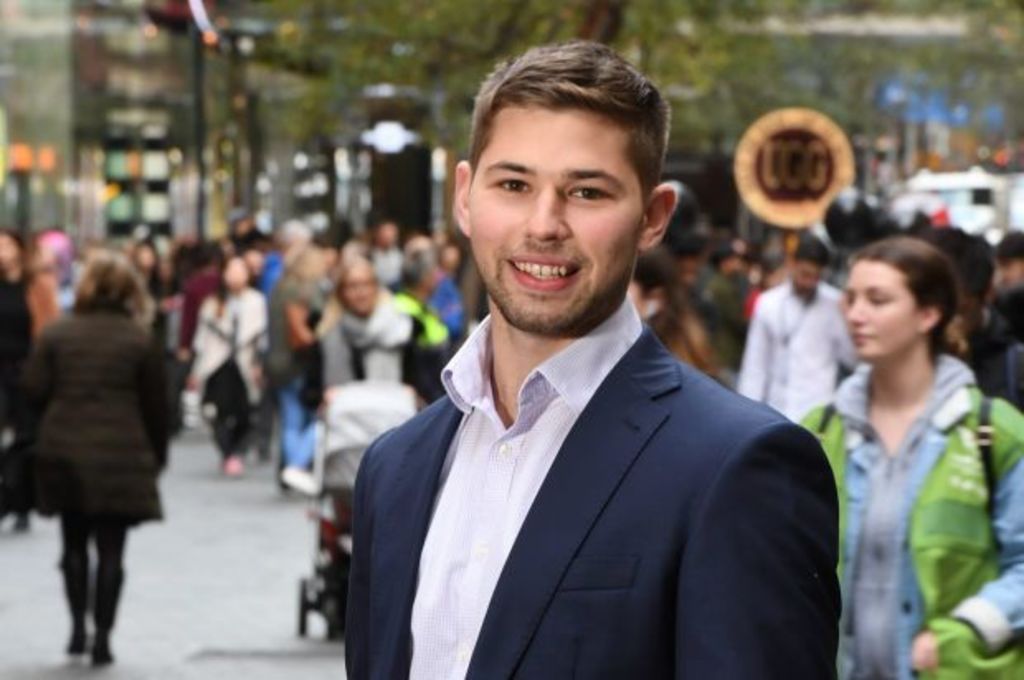Saving for your first home? Here's what you need to do before June 30 to get a $5000 boost to your deposit

First home buyers who act fast could get a $5000 boost to their deposit in a matter of weeks, as the First Home Super Saver Scheme moves into its next phase.
July 1 marks the date FHSSS participants can start withdrawing money deposited under the scheme, which allows first home buyers to save money in their superannuation account and receive a tax saving.
Buyers have until June 30 to max out their $15,000 limit for the 2017-2018 financial year.
But by depositing another $15,000 in July, savvy savers can take full advantage of the scheme in the space of just two months, providing a notice of intent to claim a deduction is lodged to their super fund prior to June 30.
“It’s particularly attractive if you are someone who is looking to buy in the short term,” said Nerida Cole, head of advice for financial advisory group Evans Dixon .
She said singles earning about $80,000 per year could look forward a $5000 benefit, while for couples it would be $10,000.
First Home Buyers Australia founder Taj Singh said several of his clients had been taking advantage of the scheme over the past few weeks.
“They’ve just contributed their entire June salary to the super saver account,” he said. “It’s a smart way to do it.”
H&R Block director of tax communications Mark Chapman said the strategy could help buyers save much quicker.
“It’s quite attractive,” he said. “But you’ve got to have the cash to take advantage of it, which is the issue for most first home buyers.”
One such home-buying hopeful is 23-year-old finance analyst David Newhouse. While currently renting with friends in Randwick, home ownership is on his radar.
“It’s a goal that’s set – once you have got that, you’ve solidified your wealth,” he explained. “Your financial future is more secure.”
“I’m aiming to hit the $30,000 max over three years. If I do that it’s worth around $6,000 in benefits.”
Low interest rates have caused Mr Newhouse to actively pursue other ways to invest and grow his deposit.
“I see no value in keeping it in a bank account,” he said, explaining the “out-of-sight, out-of-mind” approach was appealing as he wasn’t tempted by money within easy reach.
How does the First Home Super Saver Scheme work?
Announced in the May 2017 federal budget, and brought into effect in December last year, the scheme allows people who are saving to buy their first property to make voluntary contributions to their superannuation account.
Any before-tax contributions will qualify for the 15 per cent super contribution tax, which is lower than most savers’ marginal income tax rate, creating a saving on their next tax return.
The maximum any one individual can contribute is $30,000, with a limit of $15,000 a year. Couples can save $60,000 in total.
It’s too late to salary sacrifice to get the tax benefit for this financial year, but participants can still deposit a lump sum before the June 30.
While Mr Singh reported a recent increase in uptake, he said the incentive hadn’t proved particularly popular so far.
“The government has done a pretty poor job at promoting it,” he said. “We’ve had a lot of people enquire about it, but the complexities around it are hindering a lot of people from taking it up.”
“The $30,000 limit is just not in line with what the median deposit amounts are,” he added. “People need $120,000 and this scheme is only helping them save half that.”
One of the advantages of the scheme is that an individual can use it even if their partner – who is saving for the same property – has already owned a home.
“I think that’s a really good thing,” Ms Cole said. “That’s always been a bit of an issue with those grants in the past.”
Once the money is accessed, buyers have a limited amount of time to purchase before they incur a tax penalty, equivalent to 20 per cent of the amount of the assessable First Home Super Saver that was released.
“From when you’ve got the money, you’ve got 12 months to buy,” said Ms Cole. “And you can ask for an extension, and that is really worthwhile.”
Buyers would need to make sure they could access the money before they started bidding at auction.
“You don’t want people going and making an offer, and signing a contract, and then going to the ATO,” Ms Cole said, explaining that the ATO would view the applicant as already owning a property and therefore ineligible for the scheme.
We recommend
We thought you might like
States
Capital Cities
Capital Cities - Rentals
Popular Areas
Allhomes
More







